The Sun once had rings like Saturn say scientists
- Published
- comments
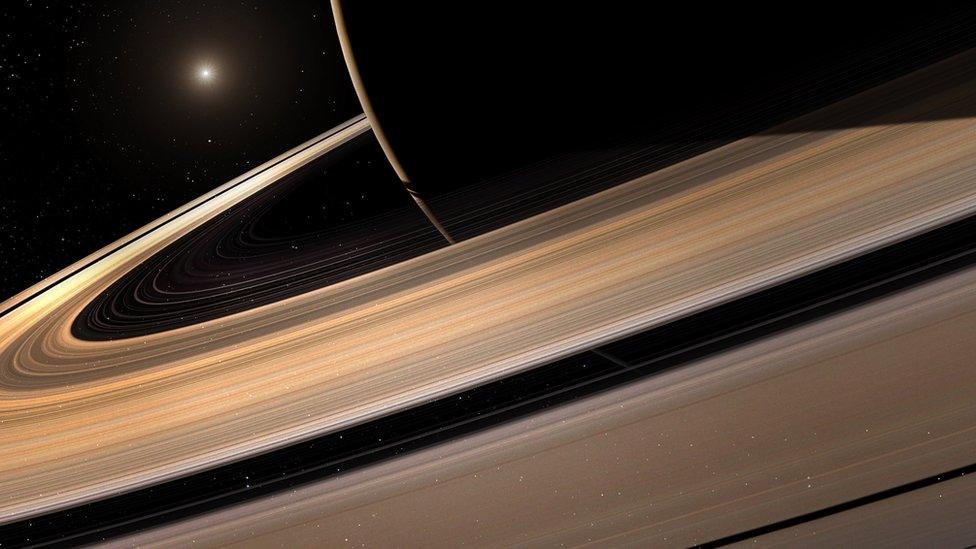
Scientists say the Sun once had rings like Saturn
The Sun once had rings - just like Saturn, the famous ringed planet in our solar system.
And scientists believe the Sun's rings were also really important for life to start here on Earth because they stopped the planet from getting too big.
"In the solar system, something happened to prevent the Earth from growing to become a much larger type of terrestrial planet called a super-Earth", said André Izidoro, a scientist at Rice University in Houston, Texas in the US.
Super-Earths are massive and are seen in orbit around stars throughout our Milky Way galaxy.
So why isn't Earth massive like other planets?
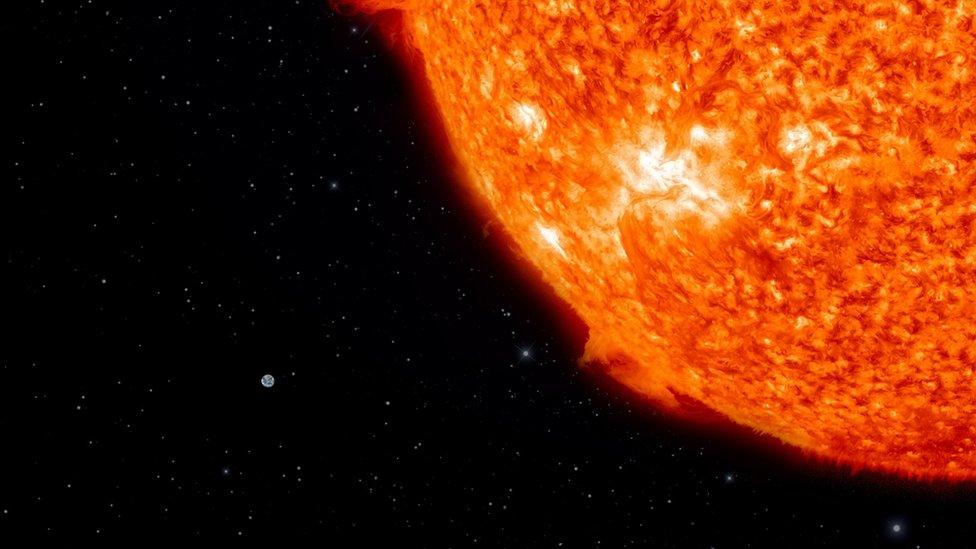
A size comparison showing how small the Earth is compared to the Sun
Using a supercomputer to simulate the formation of the solar system, experts modelled rings around the Sun, which are often seen in other young stars.
The rings are called an accretion disk, a circular flow of hot gas, rock and dust.
Just like a ring of material orbiting Saturn is flattened by forces and looks like a disk as they spin around the planet, the same happened with material around the Sun in the earliest days of our solar system.
How was the Earth made?
The experts working on the study say that, thanks to areas of high pressure in the solar rings called '"pressure bumps", the movement of heavier solid material like dust and rock was slowed down and started to clump together to form planets.
Scientists say the pressure bumps also controlled "how much material was available to grow planets" meaning planets closest to the Sun - like Mercury, Venus, Earth and Mars - all stayed relatively small.
Why is a smaller planet good news for us?
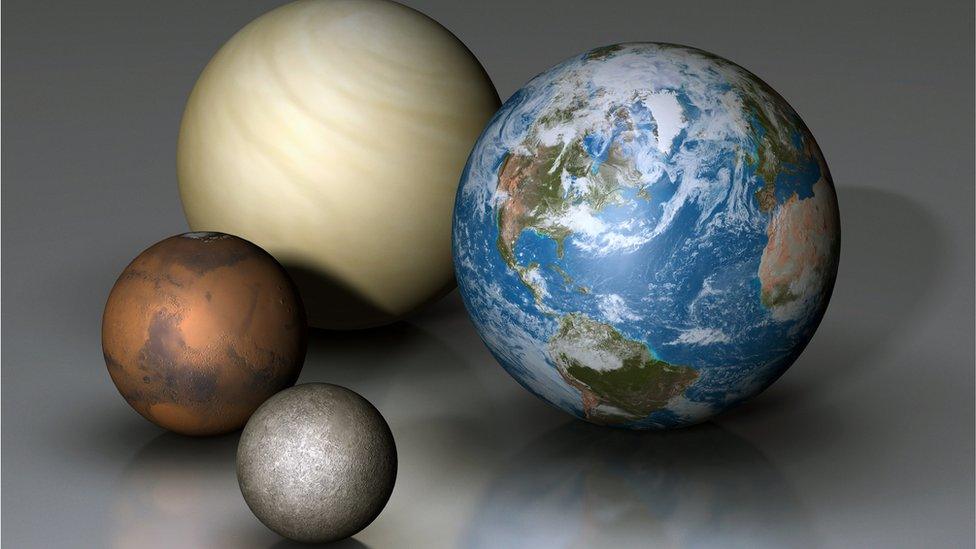
Scientists believe areas of high pressure in rings around the Sun kept planets such as Mercury, Venus, Earth and Mars relatively small
That's good news for us, because larger planets have a stronger gravitational pull - making it more difficult for life to form and grow.
If the Earth were ten times larger, its gravity would also be ten times greater.
So, if you weighed 30kg (nearly five stone) on Earth, you would weigh 300kg on a larger Super-Earth, that is twice as heavy as an adult panda!
How do we change an asteroid's course? (2017)
It means on a bigger planet, our muscles and skeletons would need to be much, much stronger to support that extra weight.
It also means the way life would have developed on a super-Earth would've been completely different and it might not have been able to develop at all.
Stronger gravity also means more asteroid impacts, as bigger planets with stronger gravity, pull large chunks of space rock towards them.
- Published18 January 2022
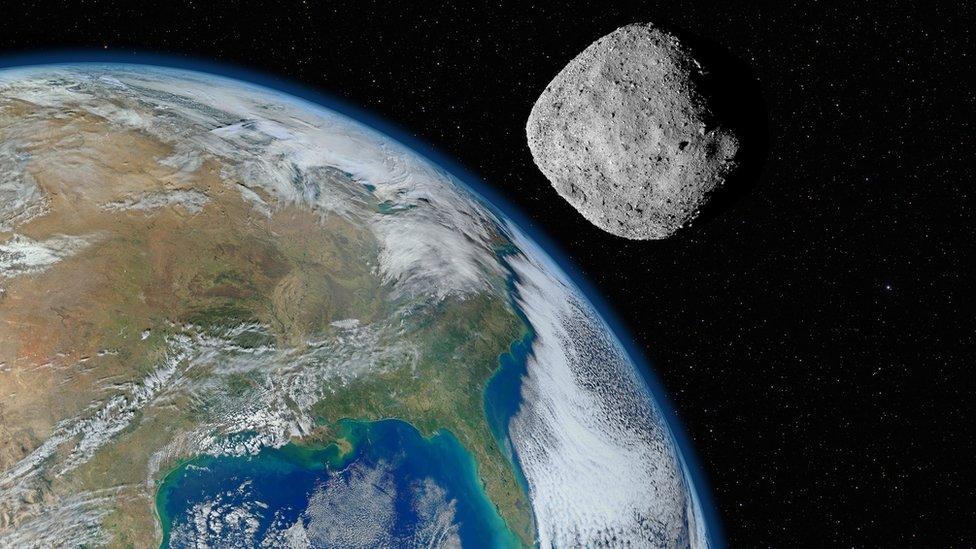
- Published14 September 2021
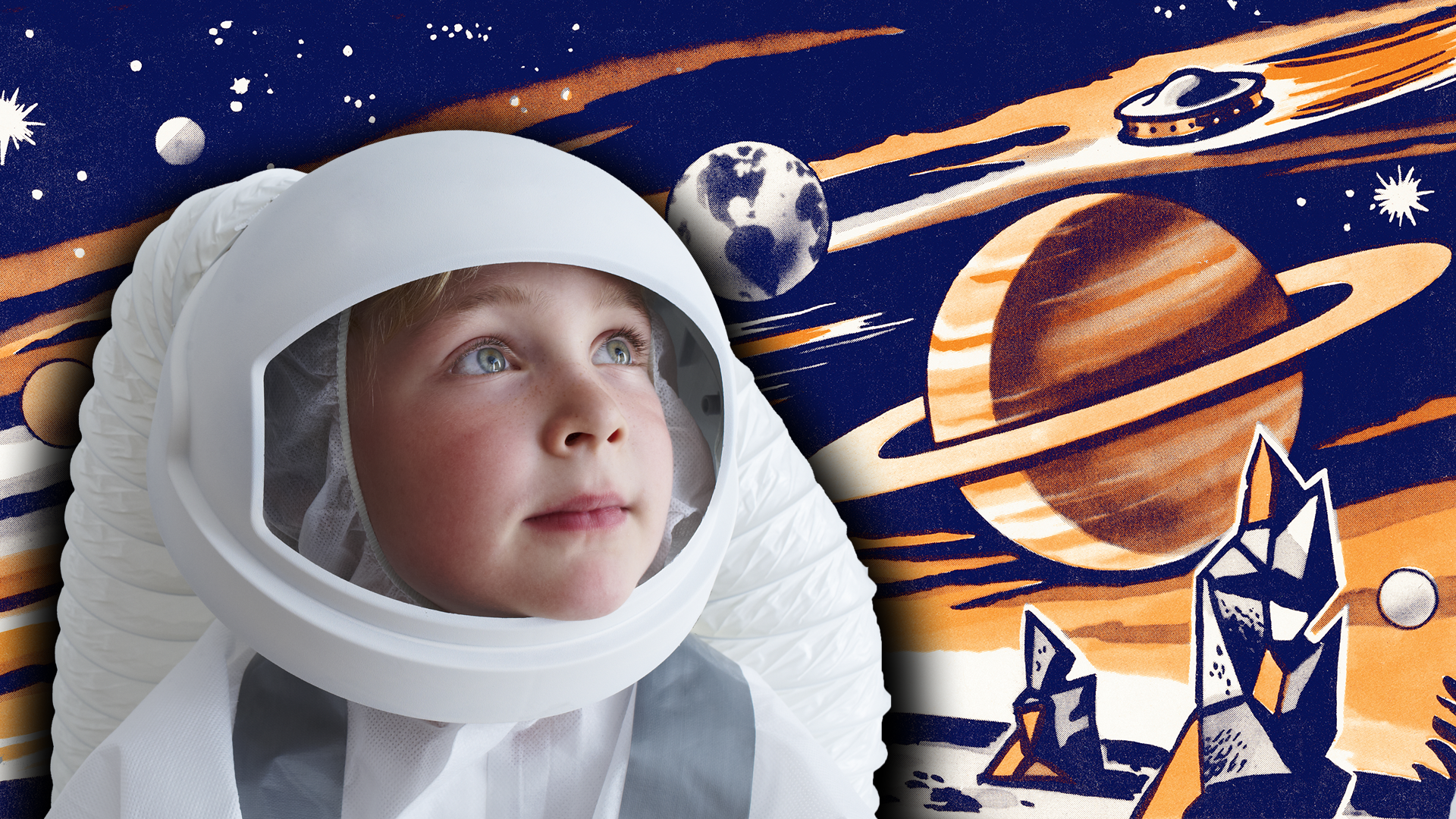
- Published13 March 2019

